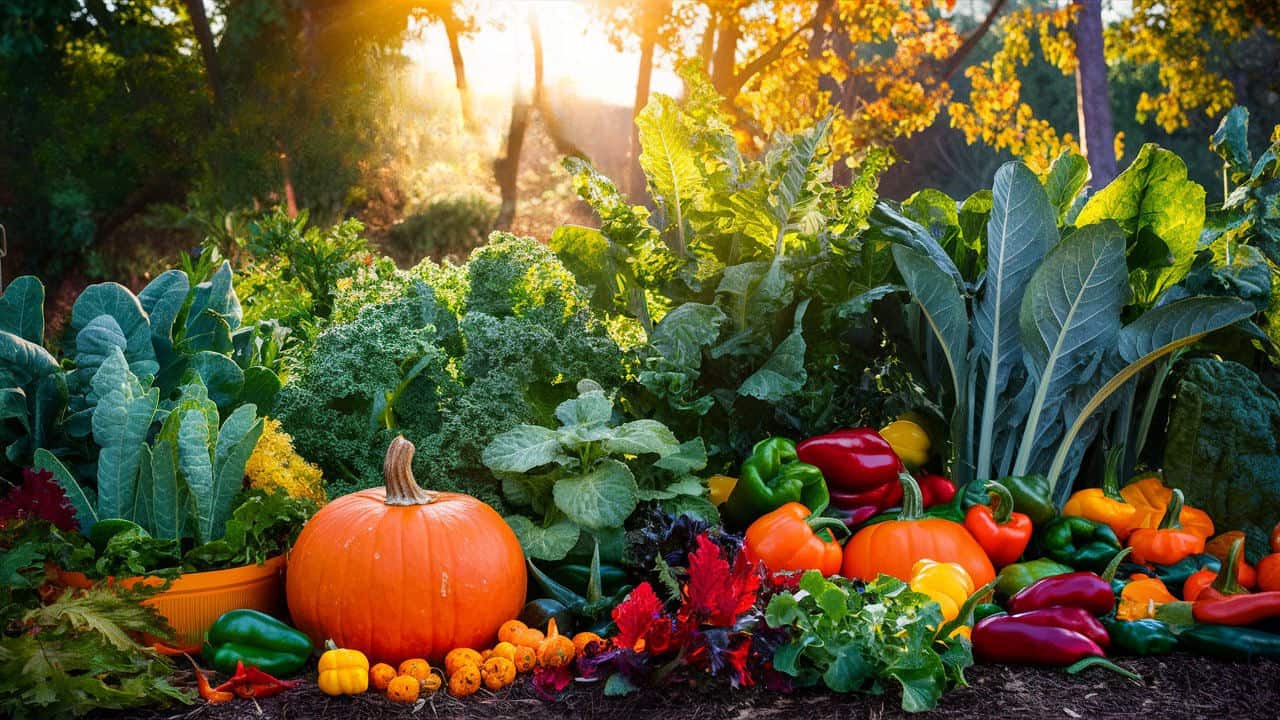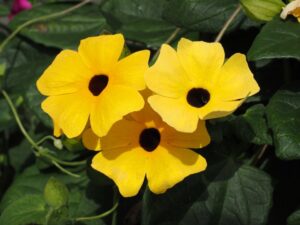As the scorching summer heat begins to subside in Florida, gardeners eagerly await the arrival of the fall planting season. This time of year presents a unique opportunity to cultivate a diverse array of vegetables that thrive in the mild, temperate climate. In this blog post, we’ll explore the standout fall garden vegetables that are particularly well-suited for the Sunshine State.
Beans: A Versatile Delight
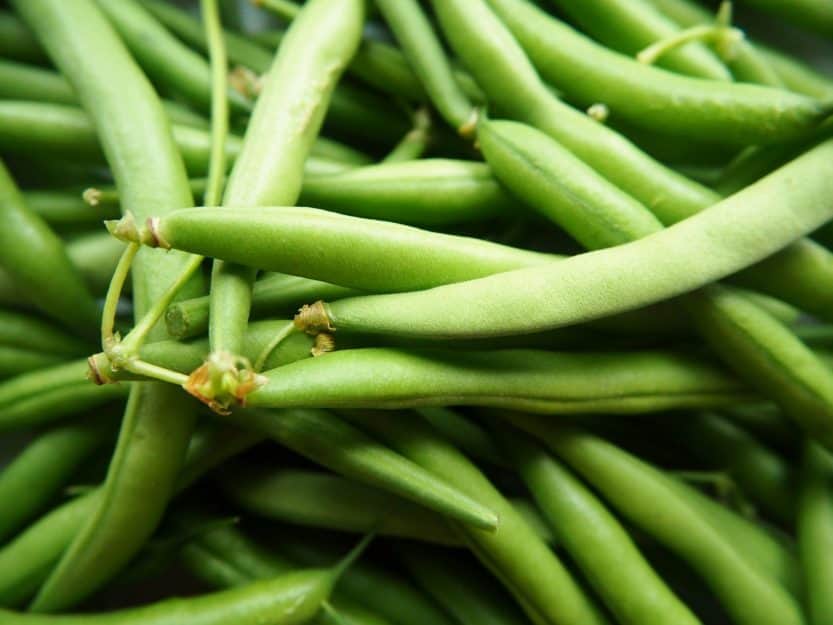
Beans are a staple in many Florida gardens, and for good reason. These nutrient-dense legumes come in a variety of shapes, sizes, and colors, making them a versatile addition to any fall harvest. One particularly well-suited variety for Florida’s climate is the bush bean. These compact plants require minimal staking and can be grown in raised beds or containers, making them an excellent choice for gardeners with limited space.
When it comes to planting, beans prefer well-drained, nutrient-rich soil and should be sown directly into the garden after the threat of frost has passed, typically in late September or early October. Be sure to provide them with ample sunlight, as they thrive in full sun. With proper care and attention, you can expect a bountiful harvest of crisp, flavorful beans in as little as 50-60 days.
Beets: A Vibrant Treasure

Beets are another fall garden favorite in Florida, prized for their vibrant hues, earthy flavors, and impressive nutritional profile. These root vegetables come in a range of colors, including the classic deep red, golden yellow, and even striped varieties, adding a touch of visual interest to your garden.
To cultivate beets successfully in Florida, choose a planting site with well-draining, nutrient-rich soil and full sun exposure. Sow the seeds directly into the ground in late September or early October, spacing them about an inch apart and covering them with a light layer of soil. As the plants mature, be sure to thin them out, leaving about 4-6 inches between each beet to allow for proper root development.
With their relatively short growing season, you can expect to harvest your beets in as little as 50-60 days. Enjoy them roasted, pickled, or incorporated into salads and other fall-inspired dishes.
Broccoli: A Nutritional Powerhouse

No fall garden in Florida would be complete without the inclusion of broccoli. This nutrient-dense vegetable thrives in the mild temperatures and ample sunlight that the Sunshine State provides during the autumn months.
When planting broccoli, select a location with well-draining, fertile soil and full sun exposure. Sow the seeds directly into the ground or start them indoors and transplant them into the garden in late September or early October. Be sure to space the plants about 12-18 inches apart to allow for proper growth and development.
As the broccoli heads begin to form, be vigilant in monitoring for pests and diseases, and consider using row covers or netting to protect the plants from hungry insects. With the right care and attention, you can expect to harvest your broccoli in as little as 60-90 days, depending on the variety.
Brussels Sprouts: A Miniature Marvel
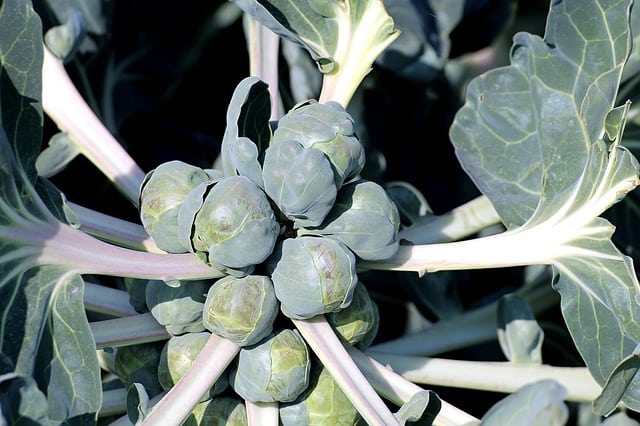
While Brussels sprouts may not be the first vegetable that comes to mind when thinking of Florida’s fall garden, these diminutive delights can thrive in the Sunshine State’s mild climate. As the temperatures begin to cool, Brussels sprouts flourish, producing an abundance of flavorful, bite-sized cabbages along the plant’s sturdy stalks.
To cultivate Brussels sprouts successfully in Florida, choose a planting site with well-draining, nutrient-rich soil and full sun exposure. Sow the seeds directly into the ground or start them indoors and transplant them into the garden in late September or early October. Be sure to space the plants about 18-24 inches apart to allow for proper growth and air circulation.
As the Brussels sprouts mature, be vigilant in monitoring for pests and diseases, and consider using row covers or netting to protect the plants. With the right care and attention, you can expect to harvest your Brussels sprouts in as little as 90-120 days, depending on the variety.
Cabbage: A Versatile Staple
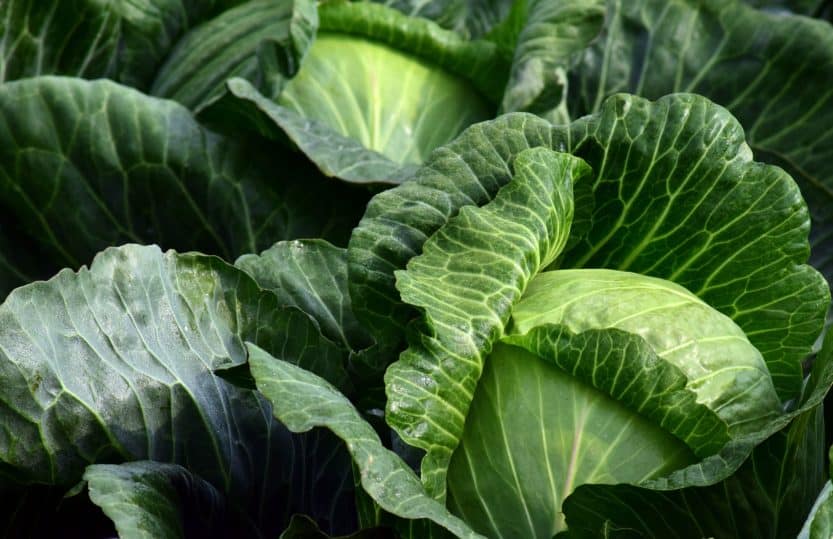
Cabbage is another fall garden favorite in Florida, prized for its versatility and long-lasting storage capabilities. These hardy, leafy greens thrive in the Sunshine State’s mild temperatures and can be grown in a variety of shapes, sizes, and colors, from the classic green heads to the vibrant red and purple varieties.
When planting cabbage, select a location with well-draining, nutrient-rich soil and full sun exposure. Sow the seeds directly into the ground or start them indoors and transplant them into the garden in late September or early October. Be sure to space the plants about 12-18 inches apart to allow for proper growth and development.
As the cabbage heads begin to form, be mindful of potential pests and diseases, and consider using row covers or netting to protect the plants. With the right care and attention, you can expect to harvest your cabbage in as little as 60-90 days, depending on the variety.
Carrots: A Vibrant Root Vegetable
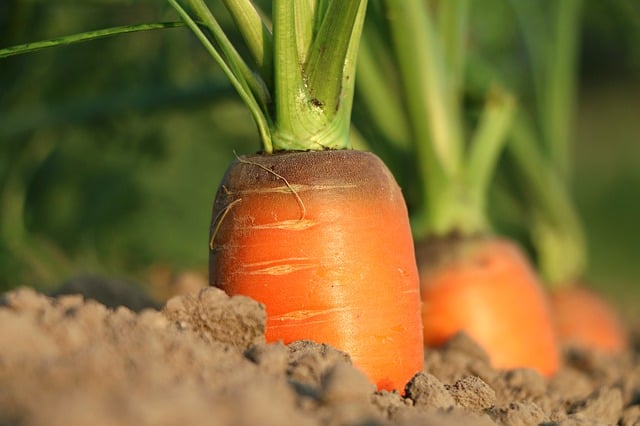
No fall garden in Florida would be complete without the inclusion of carrots. These vibrant root vegetables thrive in the Sunshine State’s mild temperatures and can be grown in a variety of shapes, sizes, and colors, from the classic orange variety to the more unique purple and yellow hues.
When planting carrots, select a location with well-draining, sandy soil and full sun exposure. Sow the seeds directly into the ground in late September or early October, spacing them about an inch apart and covering them with a light layer of soil. As the plants mature, be sure to thin them out, leaving about 2-3 inches between each carrot to allow for proper root development.
With their relatively short growing season, you can expect to harvest your carrots in as little as 60-90 days, depending on the variety. Enjoy them raw, roasted, or incorporated into a variety of fall-inspired dishes.
Cauliflower: A Culinary Chameleon
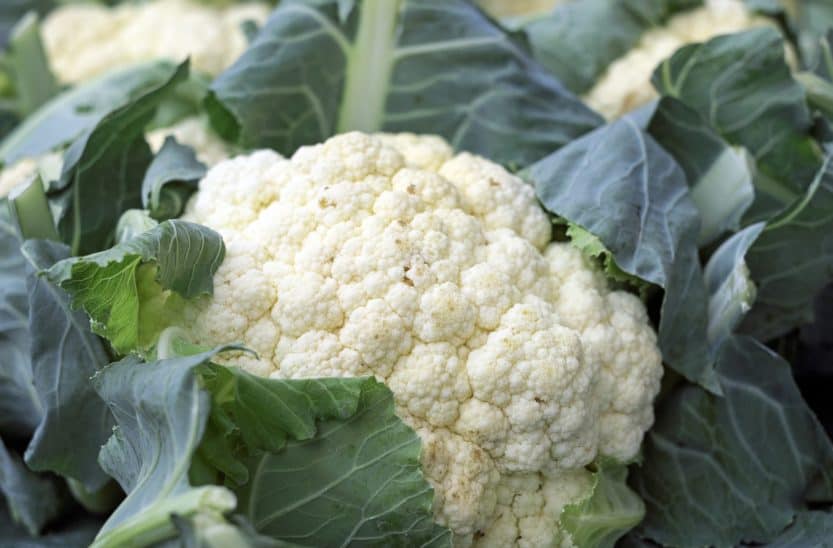
Cauliflower is a fall garden staple in Florida, prized for its versatility and nutritional benefits. This member of the Brassica family thrives in the Sunshine State’s mild temperatures, producing beautiful, compact heads that can be enjoyed in a variety of ways.
When planting cauliflower, select a location with well-draining, nutrient-rich soil and full sun exposure. Sow the seeds directly into the ground or start them indoors and transplant them into the garden in late September or early October. Be sure to space the plants about 18-24 inches apart to allow for proper growth and development.
As the cauliflower heads begin to form, be mindful of potential pests and diseases, and consider using row covers or netting to protect the plants. With the right care and attention, you can expect to harvest your cauliflower in as little as 60-90 days, depending on the variety.
Celery: A Crisp, Flavorful Delight
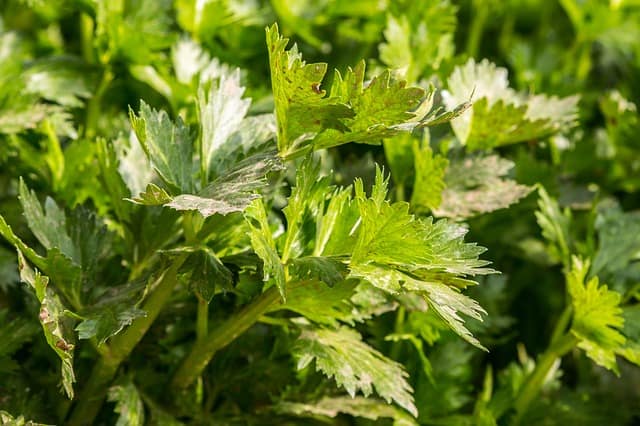
Celery is another fall garden favorite in Florida, prized for its crisp texture and versatile flavor profile. This cool-weather crop thrives in the Sunshine State’s mild temperatures, producing tall, slender stalks that can be enjoyed raw, cooked, or incorporated into a variety of dishes.
To cultivate celery successfully in Florida, choose a planting site with well-draining, nutrient-rich soil and partial shade. Sow the seeds directly into the ground or start them indoors and transplant them into the garden in late September or early October. Be sure to space the plants about 6-12 inches apart to allow for proper growth and development.
As the celery stalks begin to mature, be vigilant in monitoring for pests and diseases, and consider using row covers or netting to protect the plants. With the right care and attention, you can expect to harvest your celery in as little as 90-120 days, depending on the variety.
Collards: A Nutritional Powerhouse
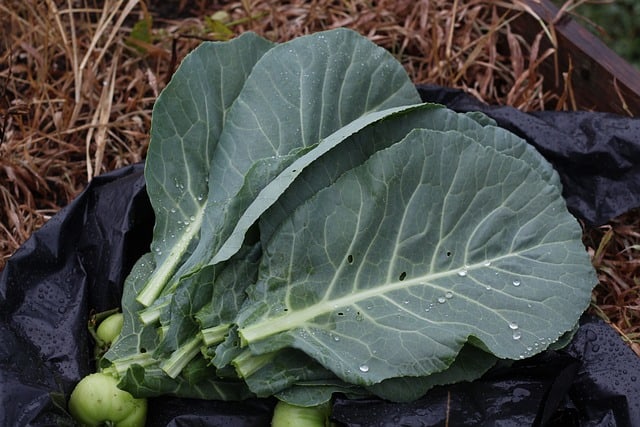
Collards are a beloved fall garden staple in Florida, prized for their robust flavor and impressive nutritional profile. These hardy, leafy greens thrive in the Sunshine State’s mild temperatures and can be grown in a variety of shapes, sizes, and colors, from the classic green leaves to the more unique purple and red varieties.
When planting collards, select a location with well-draining, nutrient-rich soil and full sun exposure. Sow the seeds directly into the ground or start them indoors and transplant them into the garden in late September or early October. Be sure to space the plants about 12-18 inches apart to allow for proper growth and development.
As the collard leaves begin to mature, be mindful of potential pests and diseases, and consider using row covers or netting to protect the plants. With the right care and attention, you can expect to harvest your collards in as little as 60-90 days, depending on the variety.
Kale: A Nutrient-Dense Powerhouse
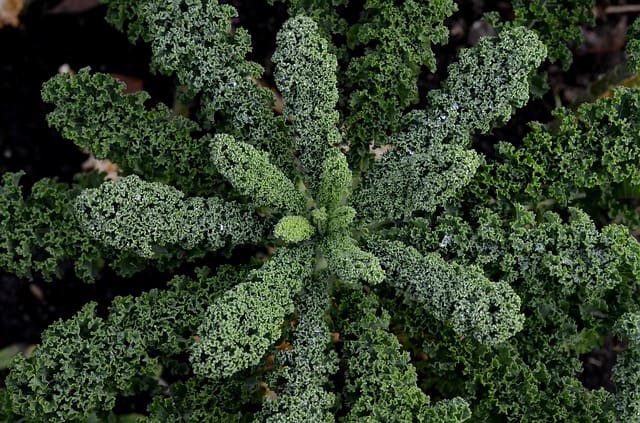
Kale is a true superstar in the world of fall gardening in Florida. This nutrient-dense, leafy green thrives in the Sunshine State’s mild temperatures, producing an abundance of flavorful, vitamin-packed leaves that can be enjoyed in a variety of ways.
When planting kale, select a location with well-draining, nutrient-rich soil and partial shade. Sow the seeds directly into the ground or start them indoors and transplant them into the garden in late September or early October. Be sure to space the plants about 12-18 inches apart to allow for proper growth and development.
As the kale leaves begin to mature, be vigilant in monitoring for pests and diseases, and consider using row covers or netting to protect the plants. With the right care and attention, you can expect to harvest your kale in as little as 30-60 days, depending on the variety.
Kohlrabi: A Unique and Versatile Crop
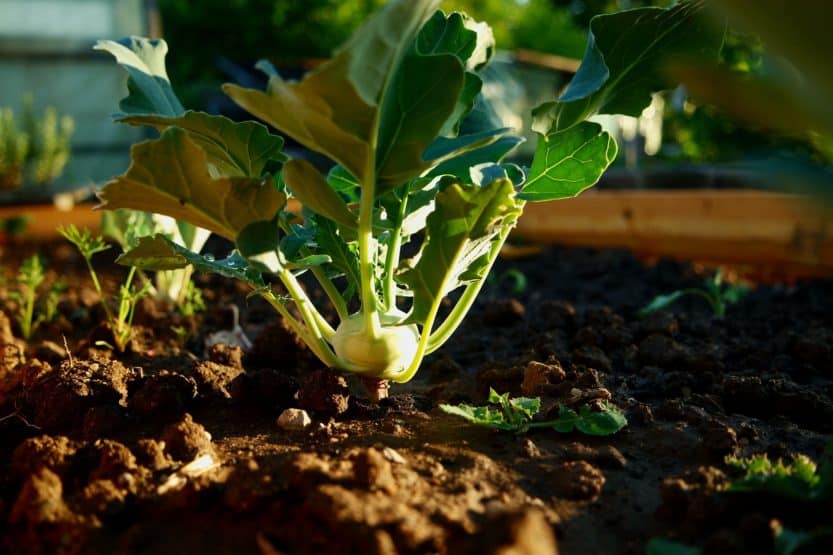
Kohlrabi is a unique fall garden vegetable that thrives in Florida’s mild climate. This member of the Brassica family produces a distinctive, bulbous stem that can be enjoyed raw, cooked, or incorporated into a variety of dishes.
To cultivate kohlrabi successfully in Florida, choose a planting site with well-draining, nutrient-rich soil and full sun exposure. Sow the seeds directly into the ground or start them indoors and transplant them into the garden in late September or early October. Be sure to space the plants about 6-12 inches apart to allow for proper growth and development.
As the kohlrabi bulbs begin to form, be mindful of potential pests and diseases, and consider using row covers or netting to protect the plants. With the right care and attention, you can expect to harvest your kohlrabi in as little as 50-70 days, depending on the variety.
Lettuce: A Refreshing Addition
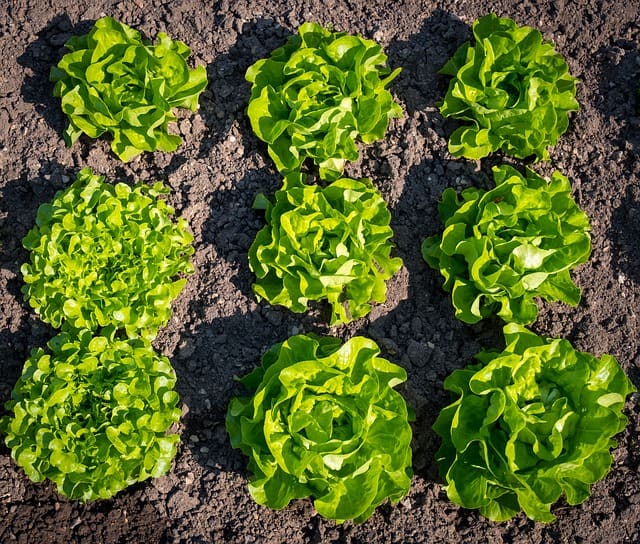
No fall garden in Florida would be complete without the inclusion of lettuce. These crisp, refreshing greens thrive in the Sunshine State’s mild temperatures, providing a bountiful harvest of salad ingredients throughout the autumn months.
When planting lettuce, select a location with well-draining, nutrient-rich soil and partial shade. Sow the seeds directly into the ground or start them indoors and transplant them into the garden in late September or early October. Be sure to space the plants about 6-12 inches apart to allow for proper growth and development.
As the lettuce heads begin to form, be vigilant in monitoring for pests and diseases, and consider using row covers or netting to protect the plants. With their relatively short growing season, you can expect to harvest your lettuce in as little as 30-60 days, depending on the variety.
Onions: A Versatile Staple
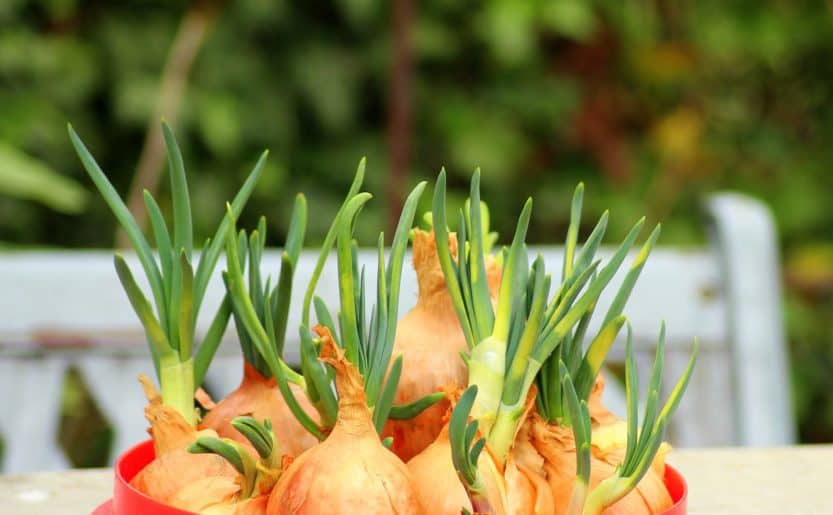
Onions are a staple in any fall garden, and Florida’s mild climate makes them an excellent choice for the Sunshine State. These flavorful bulbs thrive in the cooler temperatures, producing a bountiful harvest of sweet, pungent, and aromatic varieties that can be enjoyed in a wide range of dishes.
When planting onions, select a location with well-draining, nutrient-rich soil and full sun exposure. Sow the seeds directly into the ground or start them indoors and transplant them into the garden in late September or early October. Be sure to space the plants about 4-6 inches apart to allow for proper growth and development.
As the onion bulbs begin to mature, be vigilant in monitoring for pests and diseases, and consider using row covers or netting to protect the plants. With the right care and attention, you can expect to harvest your onions in as little as 90-120 days, depending on the variety.
Potatoes: A Versatile Root Crop
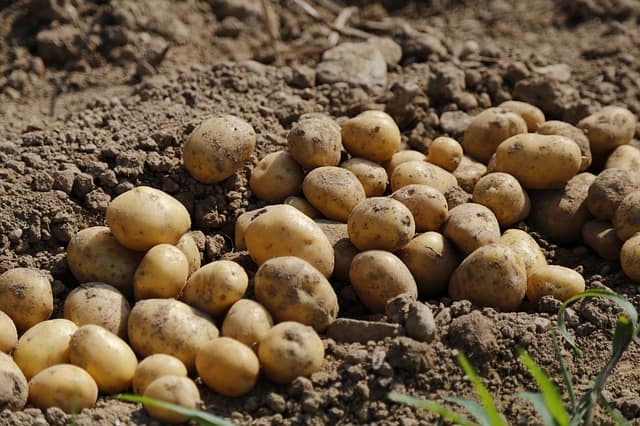
Potatoes are another fall garden favorite in Florida, thriving in the Sunshine State’s mild temperatures and providing a bountiful harvest of starchy, nutrient-dense tubers. From the classic Russet to the vibrant Purple Majesty, there’s a potato variety to suit every taste and culinary need.
To cultivate potatoes successfully in Florida, choose a location with well-draining, nutrient-rich soil and full sun exposure. Plant the seed potatoes or “eyes” directly into the ground in late September or early October, spacing them about 12-18 inches apart. As the plants grow, be sure to “hill” the soil around the stems to encourage the development of more tubers.
With their relatively short growing season, you can expect to harvest your potatoes in as little as 90-120 days, depending on the variety. Enjoy them roasted, mashed, or incorporated into a variety of fall-inspired dishes.
Spinach: A Nutrient-Dense Leafy Green
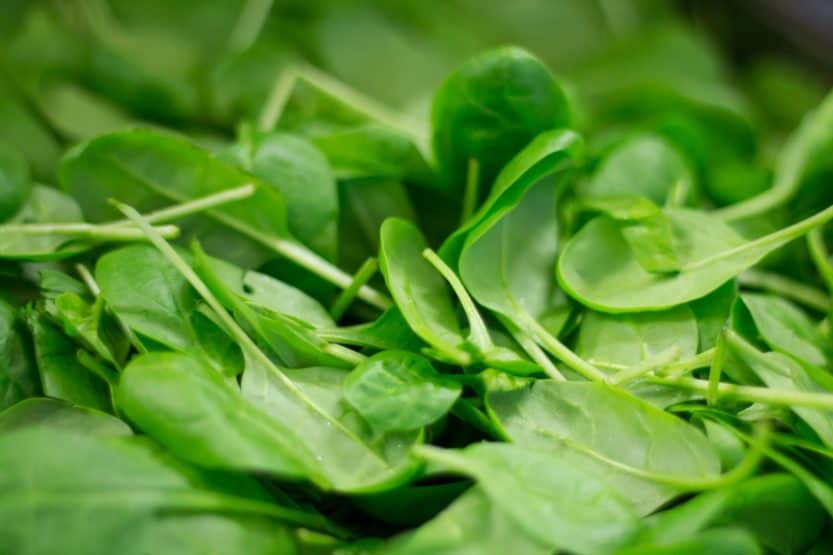
Spinach is a beloved fall garden staple in Florida, prized for its impressive nutritional profile and versatility in the kitchen. This cool-weather crop thrives in the Sunshine State’s mild temperatures, producing an abundance of tender, nutrient-packed leaves that can be enjoyed raw, cooked, or incorporated into a variety of dishes.
When planting spinach, select a location with well-draining, nutrient-rich soil and partial shade. Sow the seeds directly into the ground or start them indoors and transplant them into the garden in late September or early October. Be sure to space the plants about 6-12 inches apart to allow for proper growth and development.
As the spinach leaves begin to mature, be vigilant in monitoring for pests and diseases, and consider using row covers or netting to protect the plants. With their relatively short growing season, you can expect to harvest your spinach in as little as 30-60 days, depending on the variety.
Squash: A Versatile Autumn Staple
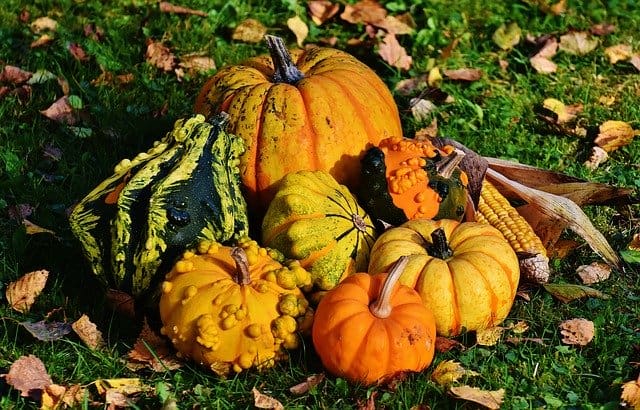
Squash is a fall garden staple in Florida, thriving in the Sunshine State’s mild temperatures and providing a bountiful harvest of diverse varieties, from the classic zucchini to the festive pumpkin. These versatile vegetables can be enjoyed in a wide range of dishes, from roasted side dishes to hearty soups and stews.
When planting squash, select a location with well-draining, nutrient-rich soil and full sun exposure. Sow the seeds directly into the ground or start them indoors and transplant them into the garden in late September or early October. Be sure to space the plants about 18-24 inches apart to allow for proper growth and development.
As the squash plants begin to produce their bountiful harvest, be vigilant in monitoring for pests and diseases, and consider using row covers or netting to protect the plants. With the right care and attention, you can expect to enjoy your squash in as little as 50-80 days, depending on the variety.
Swiss Chard: A Vibrant, Nutritional Powerhouse
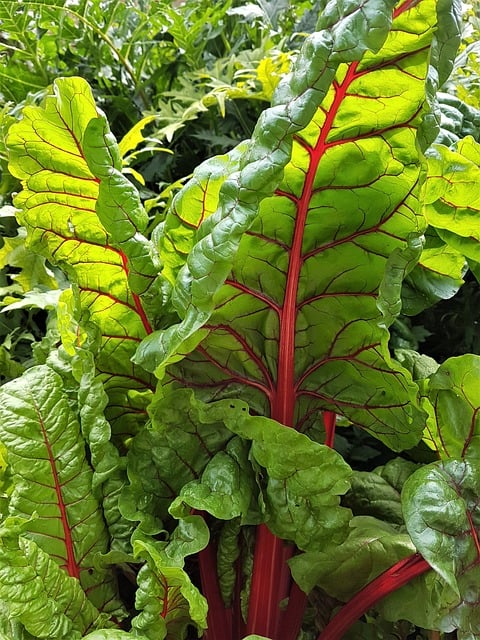
Swiss chard is a true standout in the fall garden, thriving in Florida’s mild climate and providing a stunning visual display with its vibrant, multi-colored leaves. This nutrient-dense leafy green can be enjoyed raw in salads, sautéed as a side dish, or incorporated into a variety of fall-inspired recipes.
To cultivate Swiss chard successfully in Florida, choose a location with well-draining, nutrient-rich soil and partial shade. Sow the seeds directly into the ground or start them indoors and transplant them into the garden in late September or early October. Be sure to space the plants about 12-18 inches apart to allow for proper growth and development.
As the Swiss chard leaves begin to mature, be mindful of potential pests and diseases, and consider using row covers or netting to protect the plants. With their relatively short growing season, you can expect to harvest your Swiss chard in as little as 30-60 days, depending on the variety.
Turnips: A Versatile Root Vegetable
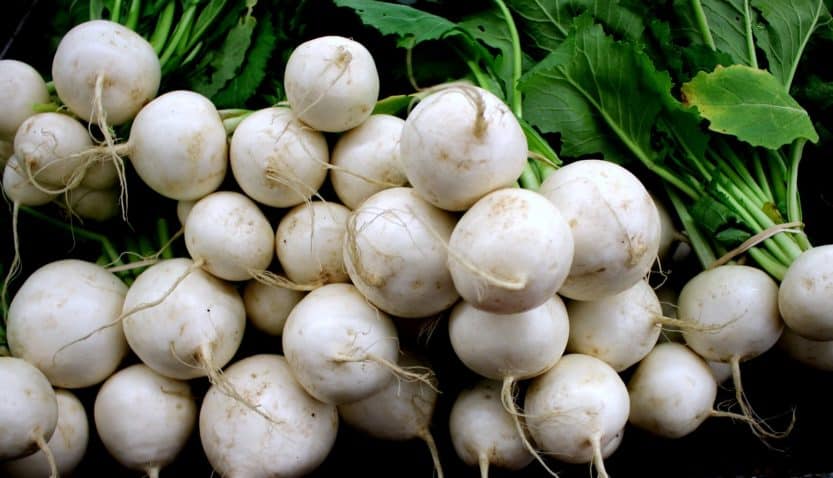
Turnips are a fall garden favorite in Florida, prized for their versatility and ability to thrive in the Sunshine State’s mild temperatures. These root vegetables can be enjoyed in a variety of ways, from roasted and mashed to incorporated into soups and stews.
When planting turnips, select a location with well-draining, nutrient-rich soil and full sun exposure. Sow the seeds directly into the ground or start them indoors and transplant them into the garden in late September or early October. Be sure to space the plants about 6-12 inches apart to allow for proper growth and development.
As the turnip roots begin to mature, be vigilant in monitoring for pests and diseases, and consider using row covers or netting to protect the plants. With their relatively short growing season, you can expect to harvest your turnips in as little as 45-60 days, depending on the variety.


